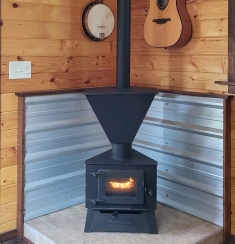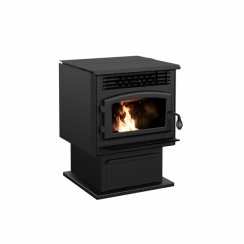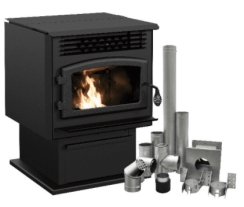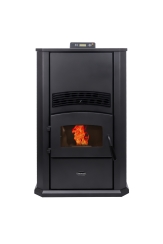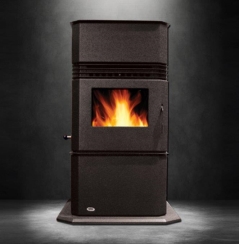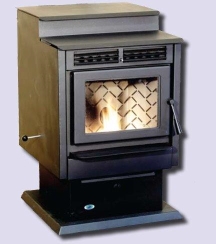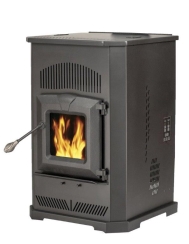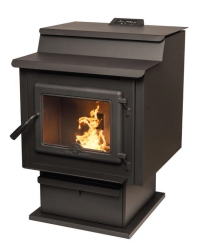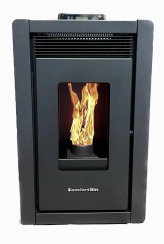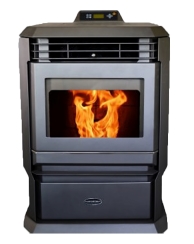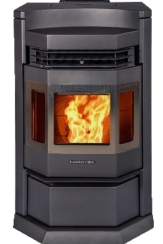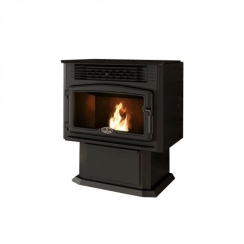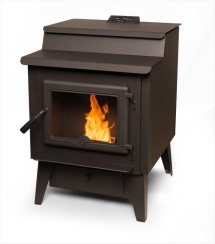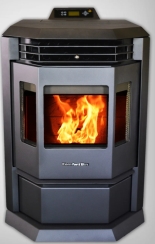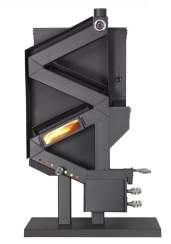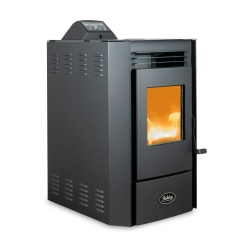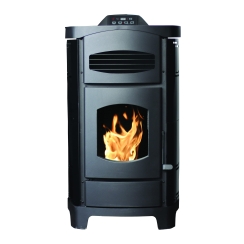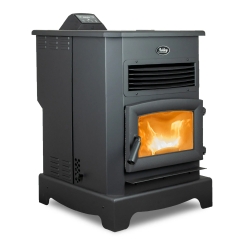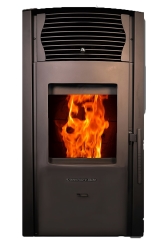Pellet Stoves
Displaying 1–20 of 26 items
Related Articles
Have questions?
Our NFI-certified experts are here to help!Customer Q&A with Product Specialists
Thank you for reaching out!
Thank you for your interest in our products. We've received your question and will get back to you shortly — usually within the hour but always within 1 business day. To ensure you receive our response, please add our email address (info@efireplacestore.com) to your email whitelist or address book.
In the meantime, while we prepare our response, keep an eye on your inbox for an email from us. We'll be sending you our exclusive Buyer's Guide, packed with valuable information to assist you in making the best decision for your needs.
If you have any further questions or need immediate assistance, feel free to reach out to us directly at 1-800-203-1642.
Thank you again for choosing eFireplaceStore.com!
About Pellet Stoves
You may not be familiar with a pellet stove, but you're interested in all the pellet stoves for sale. A wood pellet stove is more eco-friendly than a traditional gas or wood stove. Pellet stoves use pellets specifically designed as biofuel to create more efficient heat and use a feeding system to have longer burn times than other fuel types. Check out our Pellet Stoves Buyer's Guide to learn more about wood pellet stoves. After that, you'll know everything you need to find a pellet stove for sale!

